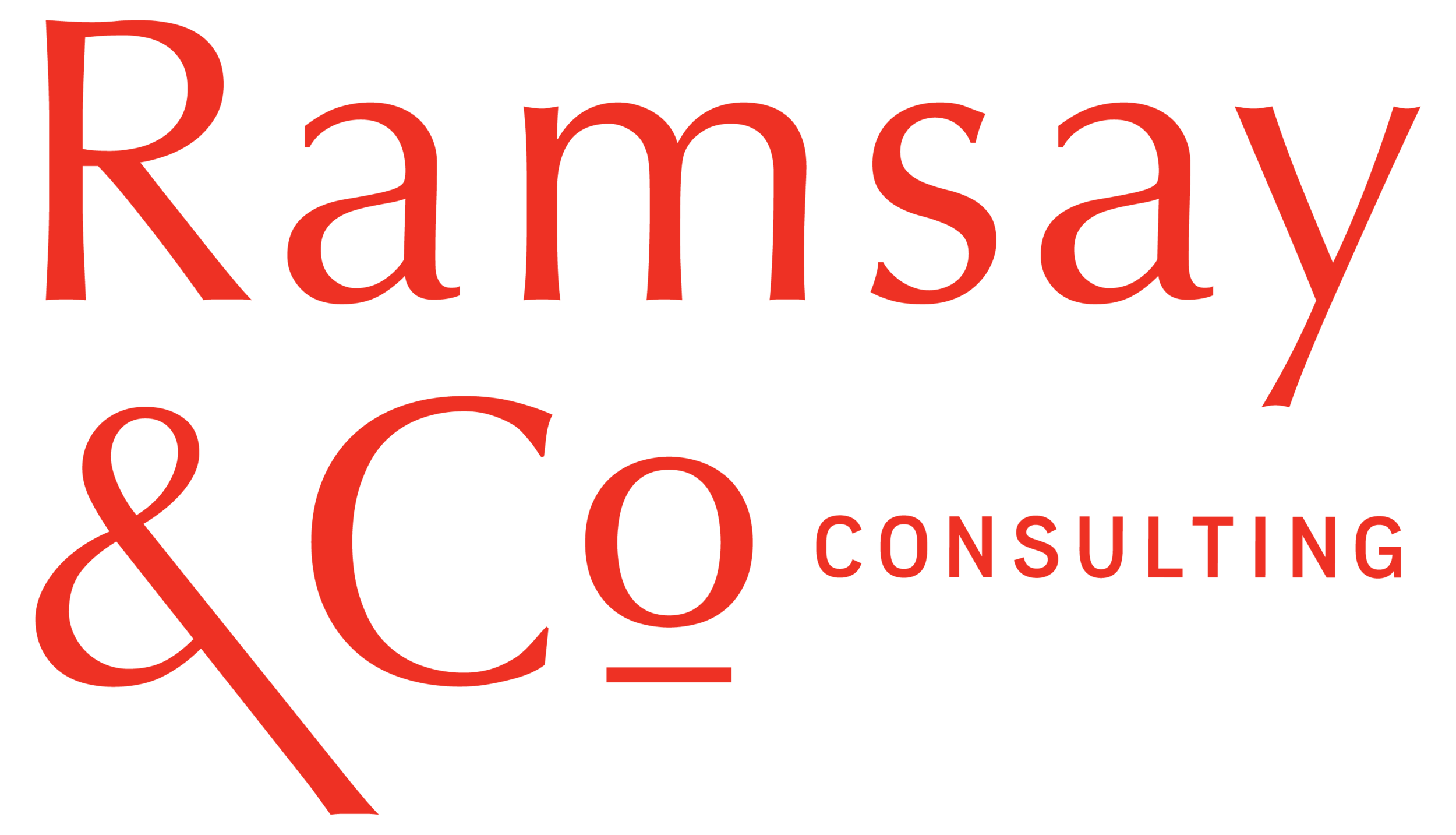#107 - How To Craft A Compelling Brand Story
Week Three of Our Practical Storytelling Series
This week we dive into the thick of it with the creation of your story. Now that you have the foundations you needed established in weeks one and two, we can finally dive into one of my favourite parts of this work: crafting your narrative.
It’s time to start to bringing to life your core brand story. You’re going to use everything you’ve done so far and some things that you just know intuitively to start to bring that story to into living, breathing technicolour. To write it down, understand it and begin to think about ways to share it. How do you craft a story? What are the components to making something compelling that people want to listen to and are inspired to action by? We’re going to do it all. Then I’m going to encourage you to do a bit of homework if you’re up for it (no pressure).
Crafting your narrative starts with asking yourself the question, what is your story? When you think about your business and your life and how you’ve gotten to where you are, what are the key moments, the important decisions or shifts that led you to where you are and led you to starting and continuing to grow your business? This is going back to the context you uncovered in week one and really pulling out the key elements.
Then I want you to ask another question: what’s the problem I’m solving with my business? This needs to be through the eyes of your hero (your customers). Identify the problem you’re solving for them. I also want you to decide for yourself when you want that problem to be introduced into your story. Right at the beginning or closer to the middle? Really what you’re doing by identifying the problem is revealing the core tension of your story. It’s want, because, but on a larger scale. This tension is fundamental to any story. Really, without it you don’t have a story.
Then, you guessed it, another question: what does my business do to solve this problem? Your service, product, or offering is usually the solution to the problem. That’s what makes the story so compelling to your audience, you have the solution to their problem. Usually the launch of your business was a choice you made to solve a problem you recognized in the market. This is the step many marketers and business owners get wrong. They don’t understand their audience well enough to know what motivates them AND what problems they’re dealing with. If you know the problem you solve for your customer, your ten steps ahead of many other business owners. Then it’s simply a matter of articulating HOW what your business actually solves their problem. Get specific here, you want to include the kinds of details that really bring it to life for them. Is it the way the product is designed, is it the level of care you create in your experiences, is it the way you make a hard thing fun or easy? I don’t know, but you do.
Finally, ask (and answer) the question: what will change for them? As a result of engaging with you, using your product or service (aka buying from you) what sort of transformation will occur? Remember when I said tension was fundamental to any story? So is this. If your story doesn’t end with some sort of significant change for your hero (your customers in the case of brand storytelling) then you haven’t yet told a complete story. This is about the payoff for them, and it is the thing that will most convince them to find out more or buy depending on where you are in the funnel (which we’ll talk about next week).
IF you answer these questions you will have the key elements for a high level story for your brand.
There is (as always) much more I can share, but I have seen this framework—which is a classic narrative structure—help storytellers (clients) of all backgrounds and story types, get clear on their overarching story and get better at communicating their business in a compelling way. Try it out and let me know how it goes for you.
Share what you learn in the comments and any insights you come across as you identify your story structure. Next week we’ll dive into the fun of finally sharing your story with the world. I can’t wait to share this final one with you.
A Story Well Told
I have a new podcast obsession and wanted to share it with you. As part of research for a new project I’m working on, I was sent an episode of Dr. Andrew Huberman’s podcast, Huberman Lab. It’s a science nerd’s dream. Dr. Huberman spends hours long episodes sharing insights for real life based on the latest science and academic research. But he makes it approachable and interesting. I’ve listened to episodes on play, the gut microbiome, sleep, mental illness (I don’t LOVE the language he uses around people living with mental illness, but the information he shares is interesting and valuable), and am continuing to dive into his library with a greedy enthusiasm. Dr. Huberman is a professor of neurobiology and ophthalmology at Stanford school of medicine. But he is also a thoughtful, conscientious host and a great storyteller, who makes the complexities of cell biology and neuroplasticity approachable. I found out this weekend that my brother, whose opinion I respect deeply, is also a fan and uses what he learns from Dr. Huberman in his own life. I’ve already started to do the same. Let me know if you come across any episodes you love—I’d love to listen.
Chantaie Allick
Writer|Strategist|Storyteller
Thanks for reading Adventures in Storytelling!
Subscribe for free to receive weekly insights and resources for better communication through storytelling.

